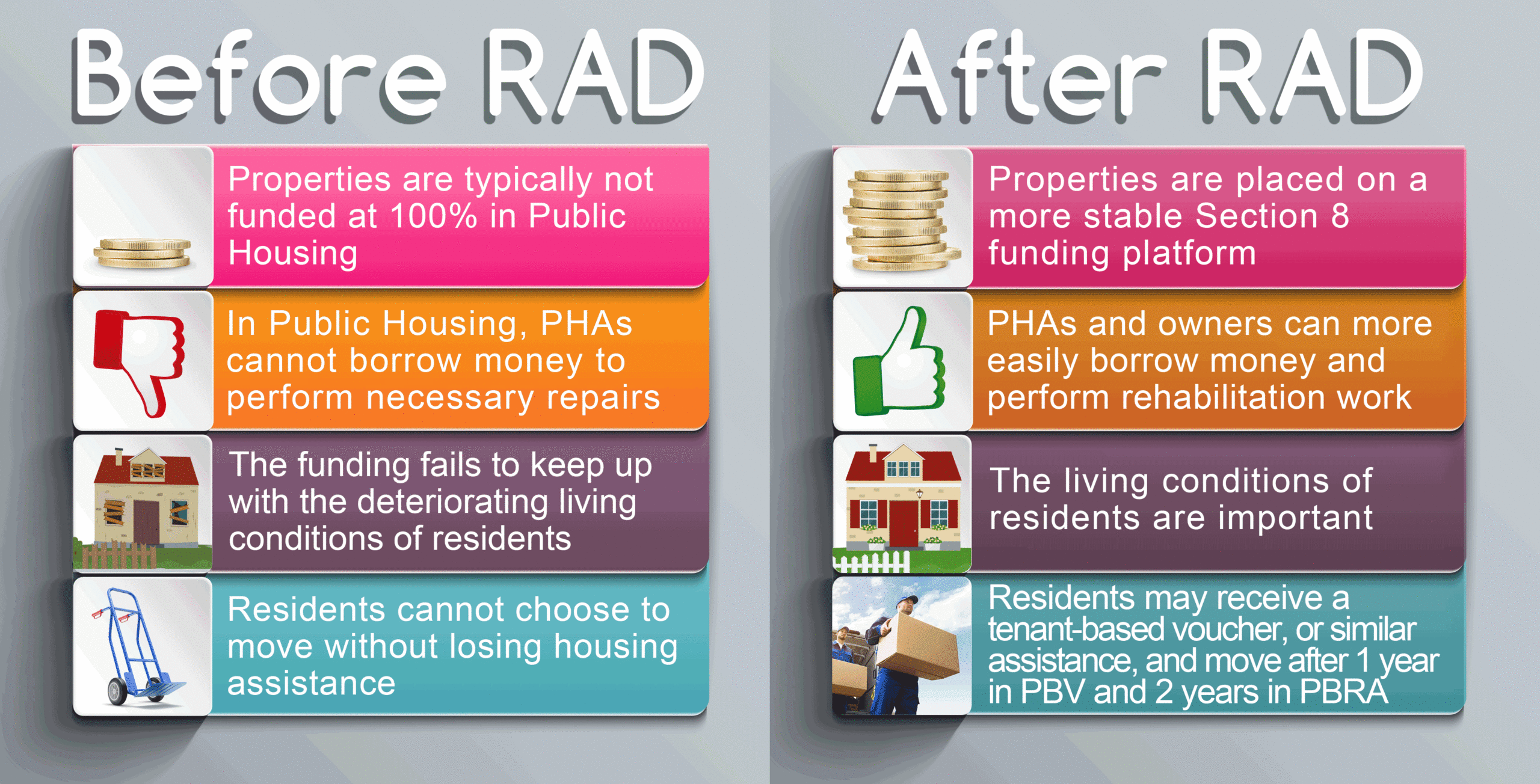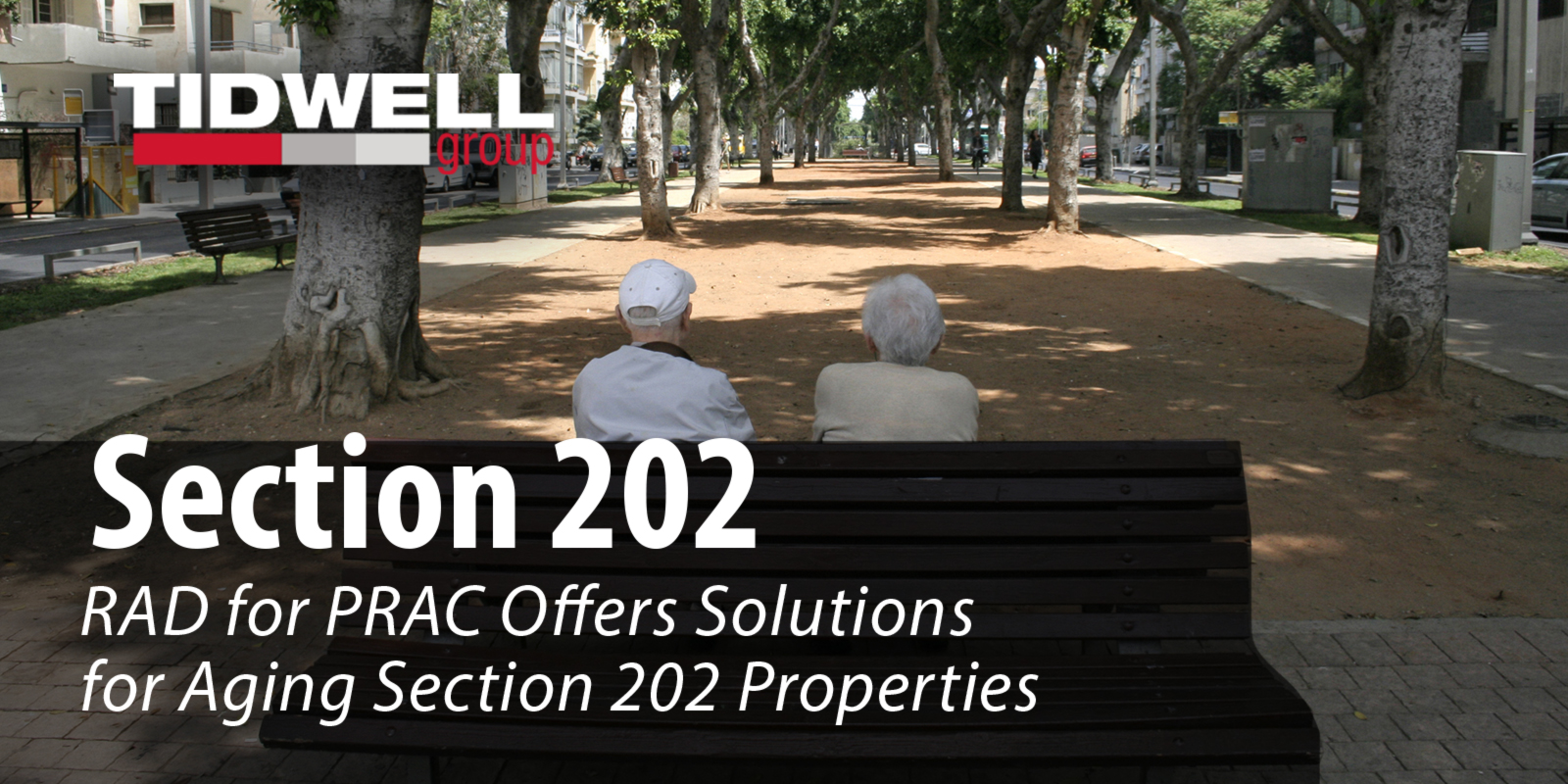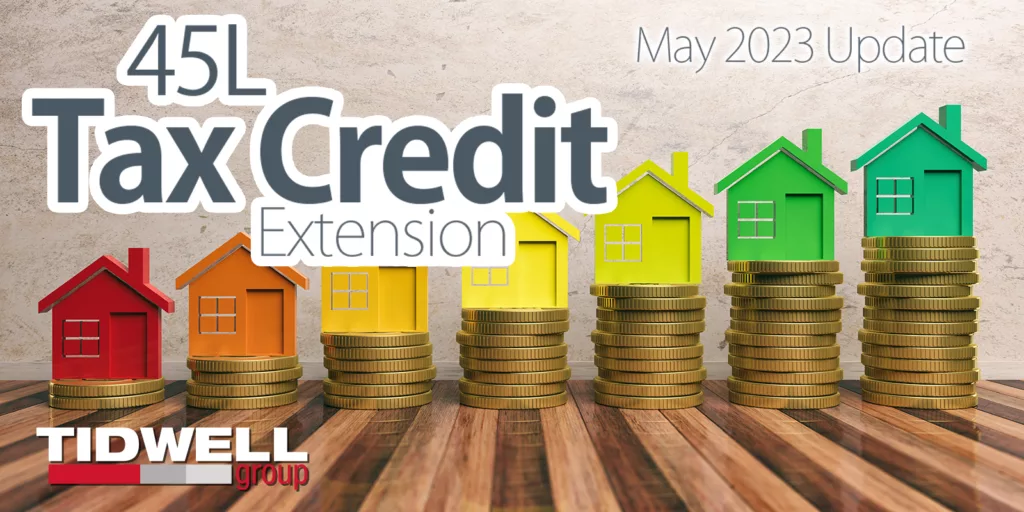RAD Opens Doors to Funding Opportunities
The Rental Assistance Demonstration (RAD) program can be a significant financing move for public housing constituents. RAD’S success is indisputable – the program has made it possible for Public Housing Agencies (PHAs) to access private capital, perform repairs, and address improvements of public housing properties.
In essence, RAD creates opportunities to reposition affordable housing projects originally developed under public housing programs. In fact, the program has been so successful at helping sustain maintenance of public housing units that the RAD cap is now set at 455,000 units – up from 60,000 units when the program was initiated. Tidwell Group emphasizes that the program has been particularly helpful to Project Rental Assistance Contracts (PRAC) for Housing for the Elderly under Section 202.
While most RAD rules are relatively simple to understand, a regulatory application can be tricky and complicated. When applied incorrectly, the financial consequences can decrease a project’s ability to remain financially viable – particularly when other programs (such as LIHTCs) are involved resulting in a domino effect of consequences. For example, regulatory requirements can change depending on whether a project-based voucher (PBV) program or project-based rental assistance (PBRA) program is being used. This is because each program is governed by a different HUD entity, each with its own nuanced and unique regulatory handbook. Issues including income certification can become confounded as they vary by program.








